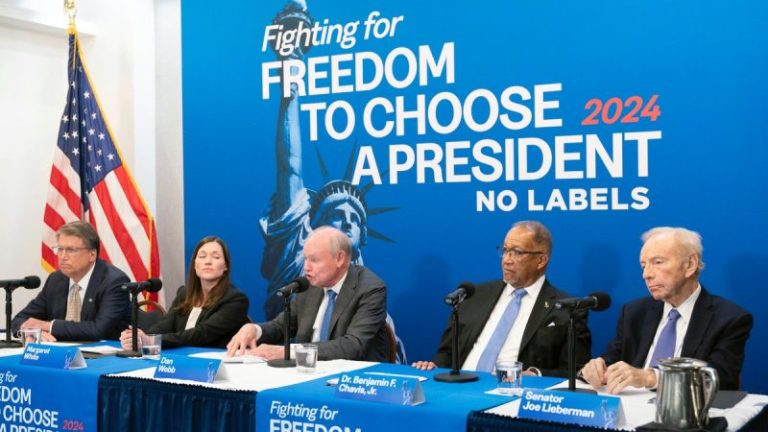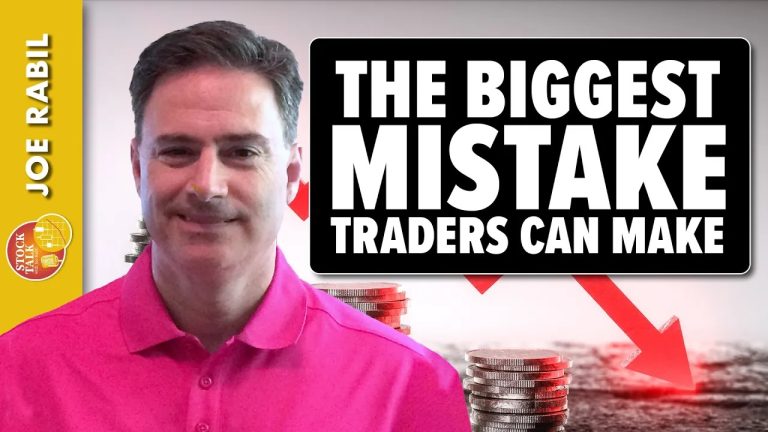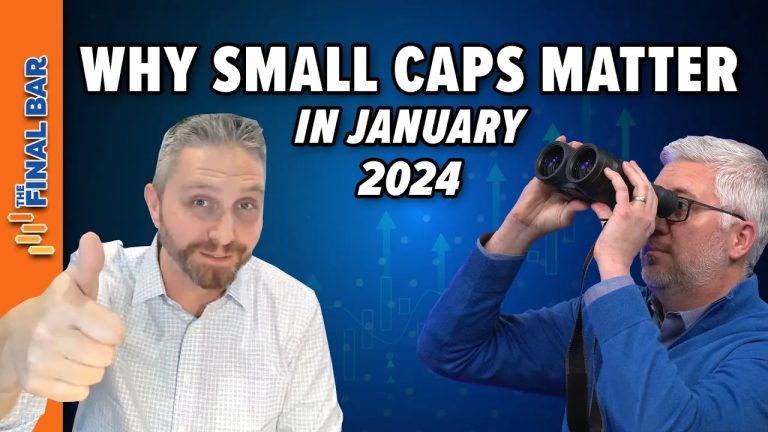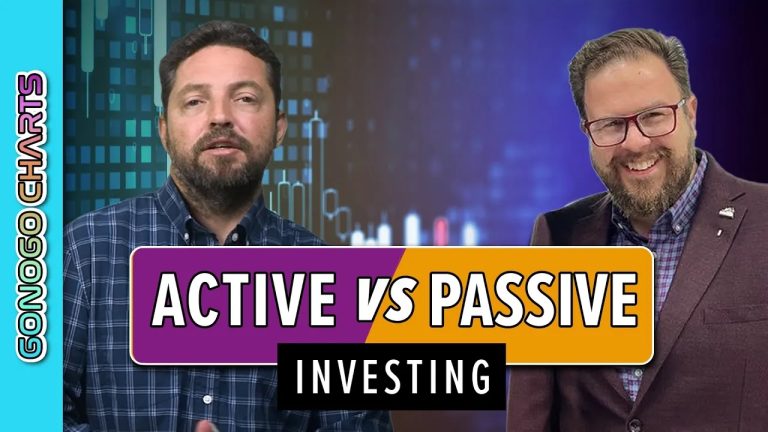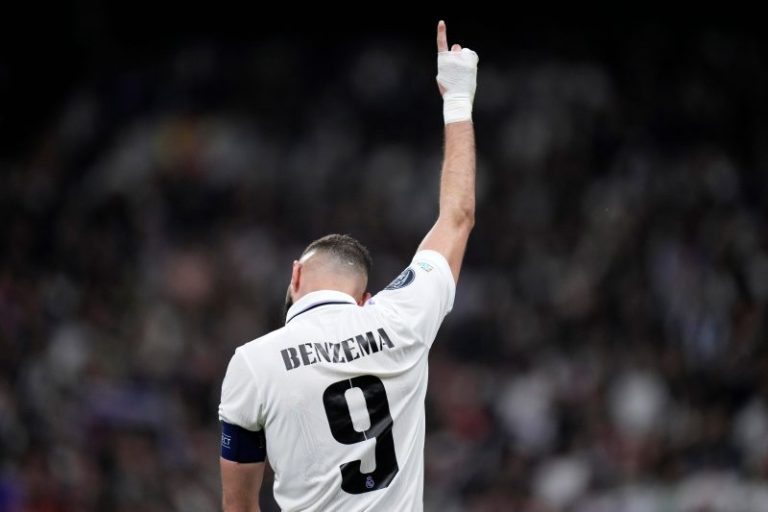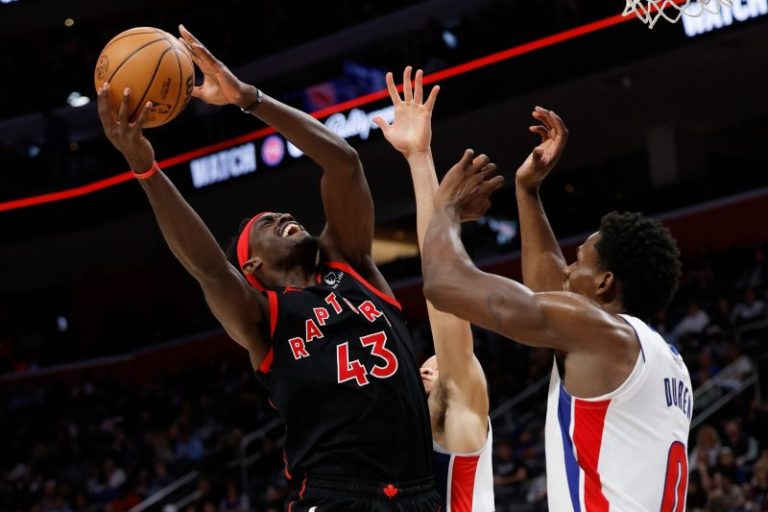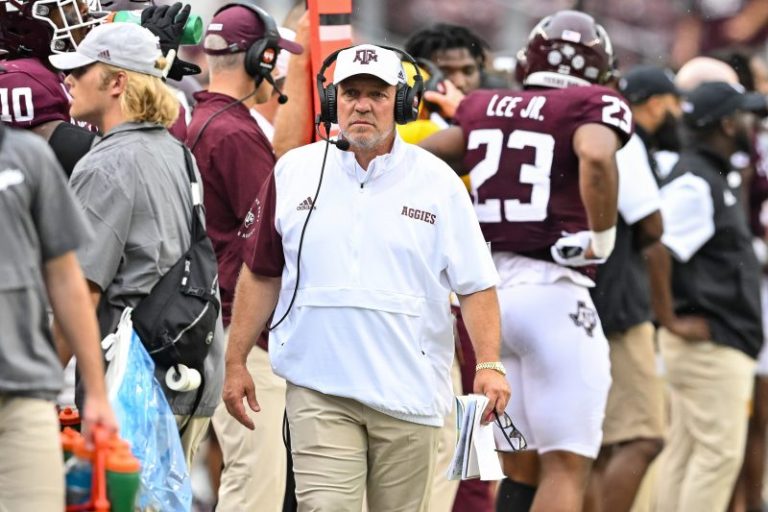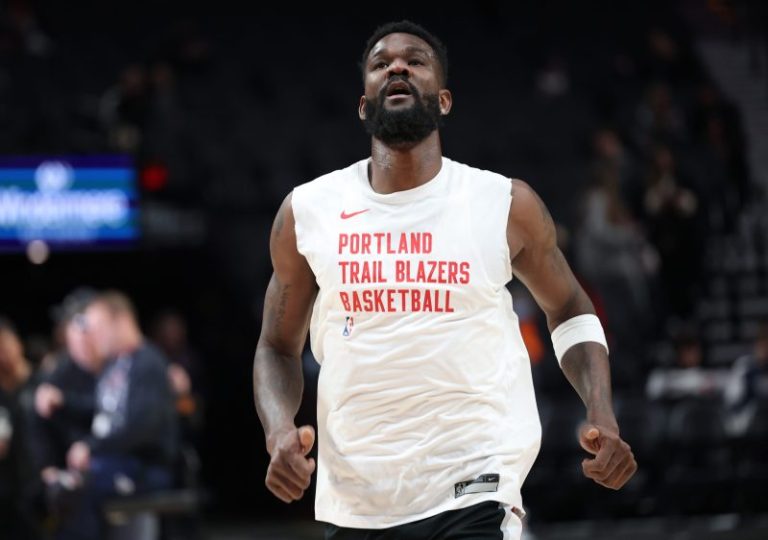MANCHESTER, N.H. — As the 2024 White House race appears to be moving toward a rematch between President Biden and former President Trump, the centrist group No Labels is taking steps to prepare for a possible third-party unity ticket.
And the group says it has support, pointing to a slew of public polling that indicates Americans are anything but jazzed about a Biden-Trump presidential election.
‘We’re responding to a clear demand from American voters. The vast majority of them aren’t happy with the likely major party nominees,’ said the group’s chief strategist, Ryan Clancy. ‘They want another choice, and all No Labels is doing is offering them that choice.’
Clancy, in an interview with Fox News Digital on Thursday, said No Labels is ‘doing a lot of dialogue with our members across the country to get a better sense of the kind of candidates, the specific candidates, that people would want to see on the ticket.’
He reiterated that the group hadn’t made a final determination about whether they would be better served with having a Republican rather than a Democrat at the top of their potential ticket.
‘The basis for that is some polling we did over the summer,’ Clancy told Fox News. ‘We just found that a unity ticket on the top just did better, had a better chance to win. And so that was the basis of that thinking. But we haven’t made any final determination as to whether it would be a D or an R or an I on the top.’
Clancy added that ‘we’re going to be doing some more polling here in the next couple of weeks before we make any final decisions.’
Job No. 1 right now for No Labels is getting on the ballot.
The group says it’s on the ballot in 14 states and is currently working in 13 others. It says it intends to have ballot access in 32 states by later this year.
‘Our focus had to be on getting on the ballots in all 50 states. Because if we didn’t do that, there’s no option to run candidates. So, that’s what we’re doing now,’ former Sen. Joe Lieberman of Connecticut said during a news conference Thursday.
Liberman, the 2000 Democrat vice presidential nominee who won his last election to the Senate in 2006 as an independent, is the founding chairman and co-chair of No Labels.
No Labels Co-Executive Director Margaret White said that ‘we will decide in the coming months whether to offer our ballot line to a unity presidential ticket. If we do so, that ticket’s presidential campaign will be responsible for securing access in the final 18 states, plus the District of Columbia.’
As it works to gain ballot access, No Labels is also reaching out to potential candidates on a national bipartisan ticket.
‘The reality is we’re beginning to talk to potential candidates,’ Lieberman said.
Discussing the timetable, he said ‘when it becomes clear — as it certainly looks it will — that Republicans will nominate Donald Trump and Democrats Joe Biden, then as we’ve said, around Super Tuesday of March, or perhaps earlier, we will make a decision about whether the data tell us that there’s a constructive role for us to play by offering our third lines in all the states to a bipartisan unity ticket.’
‘The candidates will emerge, I would say, no later than April,’ Lieberman said. ‘There will be a lot of time between April and the November election for them to offer that third choice to the American people and for the American people to get to know the unity candidates.’
A new name that came up this week is former United Nations Ambassador and former South Carolina Gov. Nikki Haley, who’s currently battling commanding front-runner Trump for the Republican nomination.
‘If Gov. Haley does not succeed in obtaining the Republican nomination for president, and she declares any interest in being part of our bipartisan unity ticket, I’m sure the people of No Labels would give that the most serious consideration,’ Lieberman said.
The idea was quickly shot down by the Haley campaign.
‘Nikki has no interest in No Labels. She’s happy with the Republican label,’ Haley campaign communications director Olivia Perez-Cubas responded in a statement to Fox News.
While Haley doesn’t have an interest, Lieberman said, ‘[W]e’re talking to a lot of people in both parties about potentially running.’
‘Really, none of them said no. But none of them have said yes,’ he added.
Opponents of No Labels, which includes outside Democrat groups and operatives, have repeatedly argued that if a unity ticket is launched, it would only boost Trump’s chances of retaking the White House. And No Labels opponents have publicly stated that they would put pressure on the organization and its staff as well as with donors and potential candidates.
But No Labels has consistently argued that if they field a ticket, they won’t be spoilers.
Lieberman said that ‘based on our polling, we think there is’ a plausible chance for a bipartisan unity ticket to win in November.
Trump scored a massive victory in this week’s Iowa caucuses, and if he wins big again in next week’s New Hampshire primary, there’s a possibility the GOP presidential nomination race could come to an early end.
But Clancy said an early end to the Republican White House battle won’t speed up the group’s timetable.
‘The reason is because we still have work to do on the ballot, and that’s going to continue,’ he said.
‘We’ve got to just run through the finish line,’ he added. ‘Sometime mid-March is what we’re thinking.’

